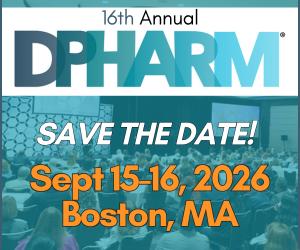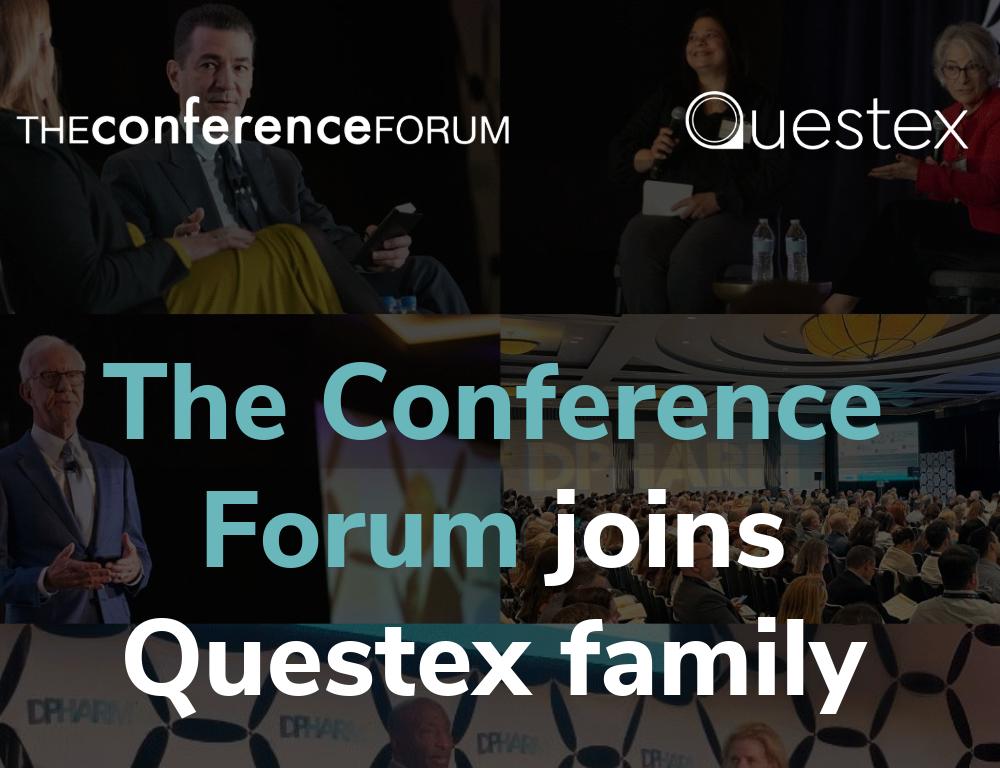The Operations Behind the First ALS Platform Trial, at Massachusetts General Hospital
The Healey Center for ALS at Massachusetts General Hospital created the first platform trial to rapidly and efficiently test emerging treatments for the disease. We spoke with the trial’s Senior Director of Operations, Marianne Chase, to get her insights on the operational hurdles.

What is the HEALEY ALS Platform Trial?
The HEALEY ALS Platform Trial is a perpetual trial, designed to test new therapies that have promising preclinical and early clinical data. There is a robust pipeline of drugs being developed in ALS and other neurodegenerative diseases. To test each potential drug candidate sequentially in separate clinical trials would take many years. The Sean M Healey & AMG Center for ALS at Mass General was established with philanthropic donations, and one of the goals of the center is to find innovative ways to design trials and test drug candidates more efficiently, through a platform trial approach.
What is the structure of the trial?
The overall study design consists of a six-month randomized, double-blind, placebo-controlled portion, followed by an active treatment extension portion where study participants have the opportunity to stay in their assigned drug regimen and receive active treatment. In the active treatment extension portion, all participants receive active drug, even those initially assigned to placebo.
The trial was designed to have multiple concurrent drugs tested simultaneously, and in order to decrease the number of patients that are exposed to placebo, we chose a 3:1 randomization scheme where each participant would have a 75% chance of receiving active drug and only a 25% chance of receiving placebo. Because all participants are enrolled all under a single master protocol, placebo data can be shared which allows the statisticians to have more power for their analyses.
"My advice for anyone developing a platform trial is to engage sites early in the process and continue that dialogue throughout the trial."
Can you tell us about the process for consenting patients to particular drug regimens?
We have a two-step process. When patients come in, they consent to be screened at the master protocol level. We have specific entry criteria for all patients, regardless of what drug regimen they may be allocated to ultimately.
Participants that meet eligibility at master protocol screening, are then randomly allocated to one of the drug regimens that are open for enrollment. They then consent and say, “I understand I'm going to get drug X or matching placebo,” for example, so that they understand the risks about that drug and they understand the route of administration and any other specifics. Then they’re randomized to either active drug or placebo, and after six months have the option to receive active drug in the active treatment extension portion of the study.
Can you walk us through the procedure to add additional regimens?
When we add a new regimen, we have a specific design team consisting of statisticians, clinicians, and operations people, who walk each industry partner through the statistical, clinical, and operational pieces of being a part of a platform trial. The industry partners have a say in certain parameters about their specific regimen. Sometimes we go to the FDA if there are specific questions about the drug before we move into operations.
Once the design process is complete, we submit the new regimen to the FDA as an amendment to our protocol. Next, we move forward with the operations of submitting to the IRB, training, and activating sites to begin enrolling. It is a relatively quick process, but there are some well-defined milestones that must be hit. It typically takes a few months to get our first sites activated and enrolling from the time we start with a design process.
What support would you recommend giving sites?
It is crucial to engage and listen to sites very early in the process. We are fortunate to work with the Northeast ALS (NEALS) Consortium of sites and began discussing the idea of a platform trial even before we had developed the protocol or began discussions with specific companies. Throughout the development process we also had focus groups of physicians and coordinators that provided valuable input.
My advice for anyone developing a platform trial is to engage sites early in the process and continue that dialogue throughout the trial. You learn so much in those first months and need to continue to be flexible and adaptive throughout the trial. We initiated our trial at the beginning of the pandemic and worked closely with our sites to develop creative solutions for conducting remote study visits where feasible, facilitating collection of remote safety labs, monitoring data, and developing processes for site pharmacies to ship drug directly to participants if required.
We continue to have an open dialogue with our sites, and engage small focus groups to ask, “How can we make the operations either clear to you or better at your site?” or “What are the ways we can do things like contracting faster? What information do you need to know?”
"You learn so much in those first months and need to continue to be flexible and adaptive throughout the trial."
What was a hurdle in the operational process that sites faced?
Pharmacy is a big one, because sites need to have the capacity to store multiple different drugs for this single trial. We asked our sites what information they needed to make it easier to negotiate with their local pharmacies about how much and what type of space (refrigerated vs. room temperature) they need to accommodate this trial.
Something we do that our sites appreciate is to create a color-coding system. Every drug regimen is a different color. Literally, the labels on the package for each study drug has a specific color. We provide study binders that have the same color label. From a site perspective, they can easily identify which drug regimen each of their participants are in by looking at their study binder and confirming the same color label is on their study drug. With each new regimen, we select a new color and everything we provide the sites for that regimen will be marked with that specific color. The system works well.
From an overall design perspective, how different or difficult is it to add a new regimen?
We have hit our stride with adding new drug regimens, because we have a very clear process. We develop each regimen-specific appendix with our industry partner through a series of focused discussions about the study drug as well as key design and operational aspects of the study.
The FDA regulatory submission process for each new regimen is very straightforward. We have a short checklist of items needed from the industry partner, anticipate any questions they might have and are able to address them quickly. We have truly hit our stride in terms of operational efficiency.
"We continue to have an open dialogue with our sites, and engage small focus groups to ask, “How can we make the operations either clear to you or better at your site?” “What are the ways we can do things like contracting faster? What information do you need to know?”
What changes about a study when it is “perpetual?”
Our master protocol is designed to remain open until there is a cure for ALS. However, each drug regimen has a defined endpoint. Each regimen-specific appendix is written to enroll a certain number of patients in the six-month, randomized, placebo-controlled portion, and to allow participants to be followed for a defined time in the active treatment extension portion of the study.
What advice do you have for reducing as much complexity as possible?
When we were first endeavoring into this, we learned from other groups that were doing platform trials. The advice they gave was to keep it as simple as possible. This was great advice, and I would add to make sure you understand which patient population you are targeting. We spent a lot of time with the clinicians, statisticians, and the patient community to identify the patient population that we wanted to study. It is also important to understand your outcome measures. In ALS, we have a very clear outcome measure, the ALS Functional Rating Scale–Revised (ALSFRS-R) that is well-established and recognized as meaningful by the FDA.
We have had very few amendments to our master protocol, most related to changes required by the COVID pandemic. We recently amended our protocol because a new drug for ALS was recently approved by FDA.
How did you identify the right operational partners?
This is a constant area for growth. It’s all about getting operational partners involved very early and having them be true partners in the process. They may start as vendors but if we can get them to engage and understand what we're doing, they become partners. We are fortunate in ALS to have some standard partners we have worked with, for clinical monitoring, central pharmacy, medical monitoring, and DSMB services, etc.
There are some vendors that have standard processes and find it difficult to adapt to the needs of a platform trial. These vendors require much more management and oversight to ensure their deliverables align with the needs of a platform trial.
For more information on DPHARM: Disruptive Innovations to Modernize Clinical Research, visit DPHARMconference.com.







